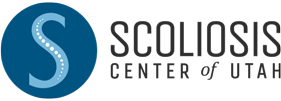Scoliosis
Elderly Scoliosis
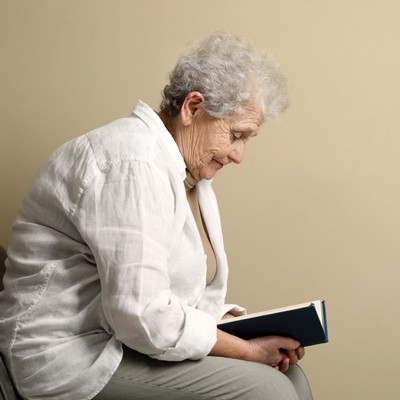
Roughly two-thirds of older adults experience scoliosis, often accompanied by pain. Unlike Adolescent Idiopathic Scoliosis, Adult Scoliosis, or Adult-Onset Scoliosis, presents as a degenerative spinal curvature, primarily due to the breakdown of spinal joints.
Typically seen in individuals aged 65 and above, this type of scoliosis affects a larger section of the spine, including the neck area. It commonly appears as a C-shaped curve in the lower back and is frequently associated with spinal degeneration, known medically as Spondylosis. Contributing factors include the weakening of spinal ligaments and soft tissues, as well as the formation of bone spurs, leading to irregular spinal alignment.
Moreover, conditions like osteoporosis, vertebral compression fractures, and disc degeneration can worsen adult-onset scoliosis. Spinal tumors, such as osteoid osteoma, can also contribute to pain, causing individuals to lean to one side to relieve pressure, thereby contributing to spinal deformity. Degenerative scoliosis is the primary form observed in adult populations.
Scoliosis Center of Utah’s team of physical therapists, chiropractors, and scoliosis bracing specialists provide comprehensive care for elderly scoliosis patients. Dr. Katalina Dean is dedicated to helping elderly and senior patients improve their scoliotic curves, reduce pain and discomfort, and improve their quality of life – including mobility.
What is Elderly Scoliosis?
Elderly scoliosis refers to an abnormal curvature of the spine that typically develops in individuals over the age of 65 – although some can start experiencing symptoms at around the age of 50. While scoliosis can occur at any age, it becomes more prevalent in seniors and older adults due to factors such as degenerative changes in the spine, osteoporosis, and muscle weakness.
Common Symptoms of Elderly Scoliosis
- Back Pain: Chronic back pain is one of the most common symptoms experienced by elderly individuals suffering with scoliosis. The curvature of the spine can lead to muscle strain and discomfort, especially after prolonged periods of standing or sitting.
- Changes in Posture: As scoliosis progresses, individuals may notice changes in their posture. This can include a noticeable curvature of the spine, hunching over, uneven shoulders or hips, and a protruding shoulder blade.
- Limited Mobility: Severe cases of elderly scoliosis can restrict mobility and flexibility. Elderly patients may find it challenging to perform daily activities such as bending, twisting, or lifting objects. Limited mobility is probably the number one psychological and emotional burden in elderly scoliosis patients, because it affects one’s quality of life and independence.
- General Health Issues: In some instances, severe curvature of the spine can affect heart function, digestive function, and lung function. Elderly patients often report shortness of breath, acid reflux problems, and even cardiac issues such as high blood pressure or irregular heartbeat.
- Nerve Compression: As the spine curves, it may exert pressure on nearby nerves, causing symptoms such as numbness, tingling, or weakness in the arms or legs.
Treating Elderly Scoliosis
At the Scoliosis Center of Utah, we understand the unique challenges faced by elderly individuals with scoliosis. That’s why we offer personalized treatment plans tailored to each patient’s specific needs. Our comprehensive approach may include:
- ScoliBrace Scoliosis Bracing: We utilize the ScoliBrace system to provide custom-made 3D scoliosis braces designed to correct spinal curvature and improve posture. These braces are comfortable, adjustable, and discreet, allowing patients to maintain an active lifestyle while receiving treatment.
- Physical Therapy: Our experienced chiropractors and physical therapists work closely with patients to strengthen the muscles surrounding the spine, improve flexibility, and alleviate pain. Through targeted exercises and manual techniques, we aim to enhance mobility and function.
- Patient Education: We believe in empowering our patients with knowledge about their condition and treatment options. Our team takes the time to educate individuals about scoliosis, lifestyle modifications, and home self-care techniques to promote long-term wellness. While bracing will help most individuals achieve improved posture and scoliotic curves, home exercises are crucial to maintaining the results we achieve.
If you or a loved one is struggling with elderly scoliosis, don’t hesitate to reach out to the Scoliosis Center of Utah. Our compassionate team is here to provide the support and expertise you need to manage your condition effectively. Contact us today to schedule a consultation and take the first step towards a healthier, more active lifestyle.
Non Invasive
Safe & Effective
No Downtime
Types of Scoliosis
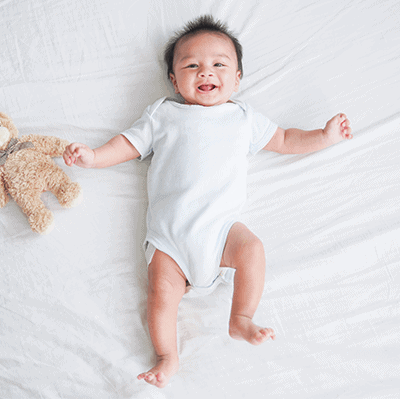
Infantile Scoliosis
Infantile scoliosis is rare, affecting children younger than 3 years of age. It begins to develop in the first 6 months of life. Like other types of scoliosis, it is characterized by an abnormal sideways S or C curve of the spine. Sometimes, It can resolve spontaneously; however, it often progresses to a more severe form of scoliosis. Treatment may involve observation, specific exercises, bracing, and, as a last resort, surgery.
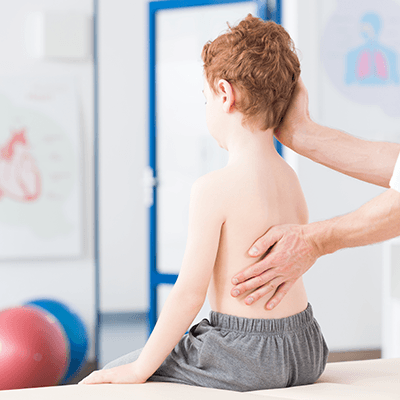
Juvenile Scoliosis
Juvenile scoliosis affects children between ages three and nine. It’s characterized by the hallmark abnormal sideways S or C curve of the spine. Girls tend to be more susceptible to the condition than boys, and curves tend to bend more often to the right. Interestingly, curves to the left tend to have a better prognosis.
Children with juvenile scoliosis generally have a high risk of progression. Seven out of 10 children with this condition will require active treatment to mitigate its severity and associated risks. Treatment usually requires bracing, and many cases require some form of surgery. Early detection and proper management are recommended for the best outcome.
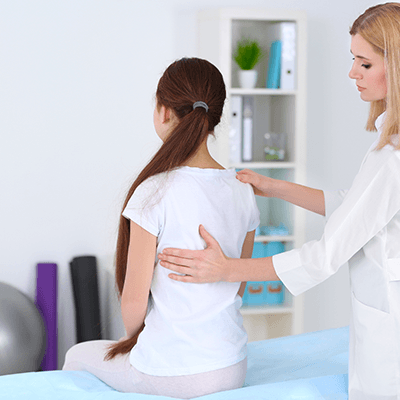
Adolescence Scoliosis
Adolescent scoliosis affects adolescents and young adults. It’s typically diagnosed by puberty and is more easily diagnosed in girls than boys. Children with adolescent scoliosis tend to be generally healthy outside of posture issues.
This condition has a better prognosis than juvenile scoliosis, but can still progress to a significant deformity if not detected early and properly managed. It is not uncommon for untreated cases of adolescent to escalate into chronic back pain and mobility issues.
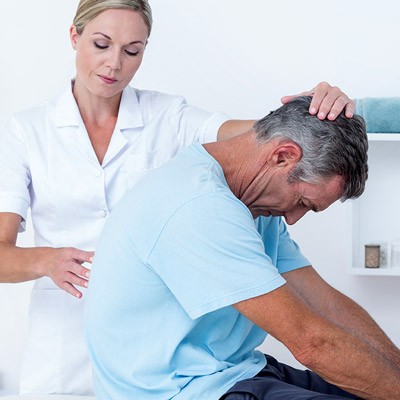
Adult Scoliosis
There are two types of adult scoliosis: Pre-existing, untreated adolescent scoliosis (Adolescent Scoliosis in Adults, or ASA), and the development of scoliosis as a result of spinal degeneration (Degenerative De-Novo Scoliosis or DDS).
Adults with ASA may have a previously diagnosed form of adolescent scoliosis. ASA may be progressive or stable, depending on the individual case. With a previous diagnosis, monitoring progression is easy through the comparison of current X-rays and adolescent X-rays. In situations where scoliosis is discovered in adulthood, determining a pre-existing adolescent condition can be difficult.
DDS usually develops in middle-aged and older adults, typically diagnosed around age 45 or older. Because DDS results from degenerative instability, it’s almost always progressive. The most common symptom is chronic lower back pain. Treatment for Adults may involve, bracing, specific exercises, and chiropractic adjustments.
Contact Scoliosis Center Of Utah today, our experts will give you the best advice.

Elderly Scoliosis
Approximately two-thirds of the elderly population experience scoliosis, with pain often accompanying this condition in older patients. Adult Scoliosis, also known as Adult-Onset Scoliosis, differs from Adolescent Idiopathic Scoliosis. It manifests as a degenerative curvature of the spine, primarily due to the degeneration of spinal joints.
Typically emerging in individuals over the age of 65, this type of scoliosis affects a larger portion of the spine, extending to the neck region. Usually presenting as a C-shaped curve in the lumbar spine, it is often linked to spinal degeneration, medically termed Spondylosis. Factors contributing to this condition include the weakening of spinal ligaments and soft tissues, alongside the development of bone spurs, resulting in abnormal spinal curvature.
Additionally, osteoporosis, vertebral compression fractures, and disc degeneration can exacerbate adult-onset scoliosis. Spinal tumors, such as osteoid osteoma, also represent potential culprits, inducing pain and prompting individuals to lean to one side to alleviate pressure, thereby contributing to spinal deformity. Degenerative scoliosis stands as the predominant form of scoliosis observed in adult populations.
Do You Qualify for Care?
Schedule an Appointment Below
